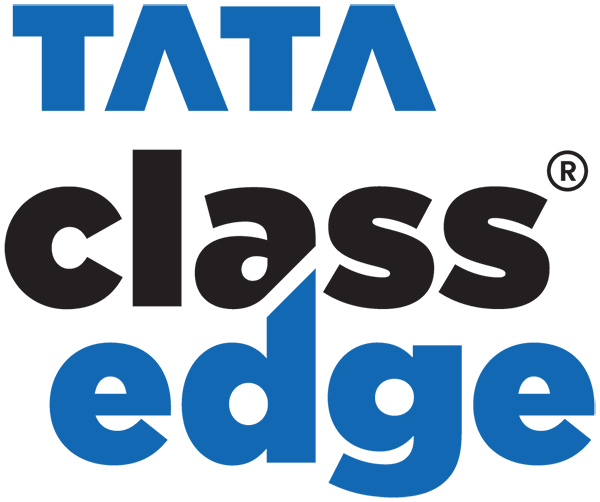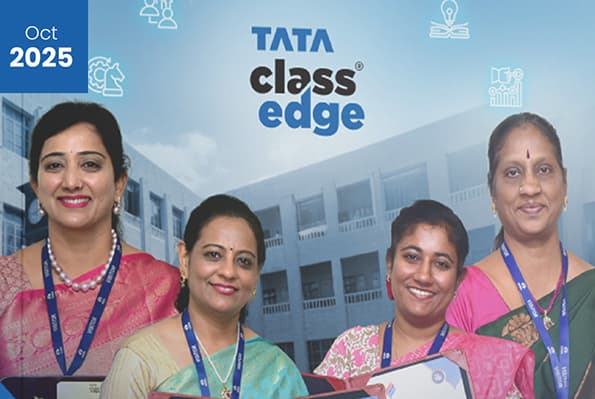While exam scores reflect part of a student’s learning, they rarely capture the full picture. What about curiosity, teamwork, integrity, and empathy? Such qualities are equally vital in shaping confident, capable, and compassionate individuals. This is the vision behind India’s shift towards holistic student development, an approach that looks beyond marks to nurture every aspect of a learner’s growth. This blog shares insights on holistic development and related government initiatives like PARAKH, supporting educators stay informed and updated.
What is Holistic Development and Why Does it Matter?
The National Education Policy (NEP 2020) describes holistic development as nurturing the many facets of a student’s personality, which include:
• Cognitive Development: Obtaining knowledge and problem-solving skills.
• Emotional Development: Fostering emotional intelligence, self-awareness, and empathy.
• Social Development: Encouraging collaboration, communication, and community engagement.
• Ethical/Moral Development: Nurturing values like integrity, compassion, respect, responsibility, and sustainable living.
Fostering holistic development is essential because it creates well-rounded individuals with strong character and values. It also equips students with 21st-century skills such as critical thinking, creativity, collaboration, and adaptability. Ultimately, it prepares students to tackle societal challenges while equipping them for fulfilling employment and economic independence.
How India is Moving Toward Holistic Learning
Recognizing the importance of holistic development, the government has introduced several initiatives aimed at shifting education away from rote memorization toward emphasizing meaningful understanding, practical application, and the ability to ‘learn how to learn.’ The curriculum is being restructured to focus on core concepts, critical thinking, and interactive discussion rather than excessive content. Pedagogical approaches are moving toward experiential learning that integrates arts, sports, and hands-on activities, encouraging both skill development and student well-being. In addition, rigid divisions between academic and vocational streams, as well as between curricular and extracurricular areas, are being removed, giving students the flexibility to explore their interests and strengths.
While these initiatives are essential, it is equally important to assess their impact on student progress nationwide. This has led to the creation of PARAKH, a standardized framework specifically designed to measure holistic development in students.
PARAKH: Assessing Holistic Progress
To support the vision of holistic learning outlined in NEP 2020, the National Assessment Centre – PARAKH (Performance Assessment, Review and Analysis of Knowledge for Holistic Development) was established as an independent unit within NCERT. It is responsible for setting norms, standards, and guidelines for student assessment, as well as overseeing related implementation activities (PARAKH, NCERT, 2024).
PARAKH undertakes three key activities:
1. Large-Scale Achievement Survey (LSAs):
These surveys play a crucial role in evaluating skills, knowledge, attitudes, and behaviors across various populations and subgroups. Under this initiative, PARAKH carries out nationwide assessments, including the National Achievement Survey (NAS), Foundational Literacy and Numeracy Survey (FLS), and State Education Achievement Survey (SEAS).
2. Competency-Based Assessment for Holistic Development:
Another key initiative from PARAKH is the 360-degree Holistic Progress Card (HPC), developed to aid assessment of Competency-Based learning-teaching by making assessments more comprehensive and holistic. HPC offers a detailed report of a student’s development without relying on percentages or traditional grades. It is an integrative document, capturing academic performance as well as social-emotional growth, creativity, and vocational skills.
3. Equivalence of School Boards:
School education in India spans a variety of boards, including State, Central, and International Boards. To ensure uniformity, PARAKH is tasked with establishing common standards to assess and compare students’ learning outcomes across all educational boards in the country.
In December 2024, a National Achievement Survey called PARAKH Rashtriya Sarvekshan 2024 was conducted to assess schools as comprehensive entities, focusing on the overall health of the education system in each district. The corresponding report, published in 2025, evaluated student competencies across foundational, preparatory, and middle stages, and also examined social-emotional learning, teaching practices, and school facilities. Students scored highest in Language, while performance in Mathematics declined in higher grades. States such as Punjab and Kerala consistently ranked among the top performers. The findings showed that teachers widely employed experiential learning, competency-based assessments, and arts-integrated methods. While most teachers felt capable of resolving student conflicts and understanding emotions, fewer than half of students reported feeling happy or free from anxiety. These insights are being used to design targeted interventions.
Classroom Activities to Promote Holistic Development
Beyond policy reforms and curriculum changes, teachers play a pivotal role in fostering holistic development. They can actively nurture students’ holistic growth by incorporating simple yet effective classroom activities, such as Facilitated Group Inquiry and Problem-Based Learning with Authentic Contexts (Hamilton, 2005). Here’s how these strategies can be implemented in the classroom
- Facilitated Group Inquiry Sessions: Create a classroom environment that encourages inquiry by turning student questions into opportunities for collaborative exploration. For example, when a student poses a challenging question, the teacher can guide groups to debate, test ideas, and reach a consensus instead of providing direct answers. This approach develops communication, collaboration, and critical thinking skills.
- Problem-Based Learning with Authentic Contexts: Teachers can use stories or real-world dilemmas to provide practical contexts for problem-solving in art, science, and technology. For example, after learning about composting techniques and best practices, students could be presented with the following scenario:
“Our school canteen serves hundreds of students daily, but by the end of the day, a significant amount of food is left uneaten. This food waste, along with kitchen scraps, is thrown into the garbage, contributing to the school’s overall waste problem. The school management seeks an innovative and cost-effective solution to manage this food waste. Your team is tasked with developing a plan to address this issue.”
Such activities encourage students to think creatively, apply their knowledge in practical ways, and develop problem-solving skills beyond textbook learning.Holistic development is no longer a fringe concept; it lies at the heart of India’s new educational vision. By moving beyond rote learning, the government is reshaping the purpose of education to cultivate not only cognitive skills but also social, emotional, and ethical capacities, nurturing a generation of compassionate, empathetic, and ethically grounded individuals.
References
1. Hamilton, W. (2005). Developing a more holistic approach to teaching, learning and assessment.
2. PARAKH, NCERT. (2024). PARAKH: National Assessment Centre. Retrieved October 2025, from https://parakh.ncert.gov.in/
3. Ministry of Education, Government of India. (2020). National Education Policy 2020. Retrieved October 2025, from https://www.education.gov.in/sites/upload_files/mhrd/files/NEP_Final_English_0.pdf




